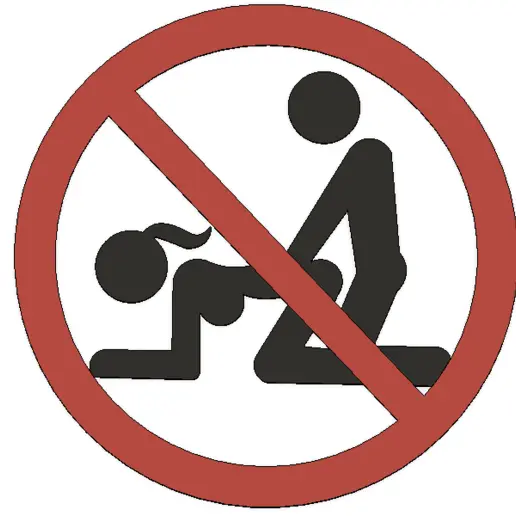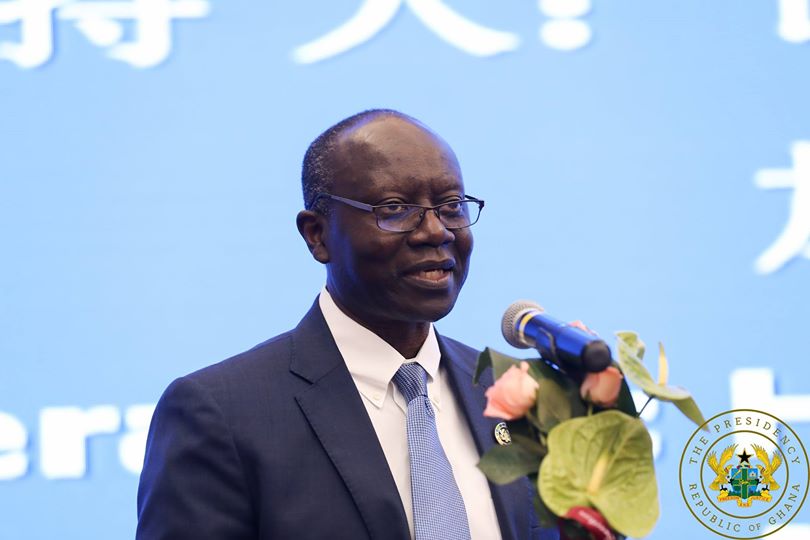Ghana continues to be attractive to investors as the country has, once again, been ranked as the 6th best country on the continent, according to the latest RMB Investment Attractiveness 2020 rankings.
investment in Africa: The country climbed three places from the previous year’s report – edging closer to the coveted top 5 countries for investments in the whole of the continent.
The report released earlier this week said the country’s growth outlook is strong and concentrated around the oil and gas sector.
The report forecasts that although the country’s economy has largely been driven by hydrocarbons, the non-oil growth will pick up again, supported by pro-business reforms and a steady improvement in the power supply.
“Political stability will remain underpinned by Ghana’s strong democratic credentials. Ghana’s mining industry was worth US$5.9bn in 2019, the third-highest in Africa, and grew at 6.3% year-on-year, outshining many of its continental peers in the resources sector,” the report pointed out.
Other sectors of the economy that were captured by the report include a vibrant retail sector which largely remains informal.
“However, the Accra retail market is close to saturation, and new developments will be opening in a challenging economic environment. In the short to medium term, retail development is likely to focus on secondary cities such as Takoradi and Kumasi”.
Investment in Africa: Other sectors
The manufacturing sector, which has seen a rebound primarily because of the government’s good economic policies, was ranked the eighth strongest in the whole of Africa, branded by its small market size but highly competitiveness.
ALSO READ: BoG extends minimum capital deadline for MoMo operators to December 2020
Despite the recent deterioration in its operating environment rankings, Ghana is still considered one of the easier business environments in Africa. Growth over the medium-term, the report said, is expected to average 6.2%, which is supportive of the greater macroeconomic fundamentals.
In summary, Ghana is still one of the few ECOWAS countries jumping the downward growth trend by continuing to offer positive examples of economic recovery by placing emphasis on diversifying its economy.
Drawbacks
The report expressed concerns about Ghana’s high public debt burden, adding it requires considerable fiscal consolidation to correct.
It added that though the country’s commodity dependency is increasing, with oil, gold and cocoa being the main exports, which leaves Ghana heavily exposed to international price trends, the debt burden is a greater concern.
Investment in Africa: The six sectors
Co-authors, Celeste Fauconnier, Neville Mandimika and Nema Ramkhelawan-Bhana delved deeper into the traditional and alternative sectors driving African economies to reach ever-higher levels of economic growth.
“We believe that the six sectors we’ve featured this year are key to inclusive growth across the continent,” says Fauconnier. Contributor, Daniel Kavishe, adds that under the resources banner, “mining, energy and agriculture all offer vast opportunities for the savvy investor.”
Turning to retail, Fauconnier says that it’s all about playing the long game: “While the middle class is not growing as fast as expected, the potential is still evident in the numbers.”
On the topic of finance, Ramkhelawan-Bhana stresses that: “financial services play a critical role in securing Africa’s future. Without sustainable funding and commercial credit, project development in key areas such as infrastructure, healthcare, and energy projects remain concepts rather than reality”; she adds that “the ICT sector and internet access, in particular, long-viewed as a luxury in Africa, are fast becoming crucial to inclusive economies.”
According to Fauconnier and contributor Chris Mabanga, manufacturing is set to take centre stage as the continent, with its advantage of an abundance of natural resources, is focusing on turning its raw materials into manufactured goods to boost exports and reduce reliance on imports.
And, lastly, Mandimika highlights that construction activity is surging as countries attempt to bridge the funding chasm between what’s needed and what’s actually being spent.




















